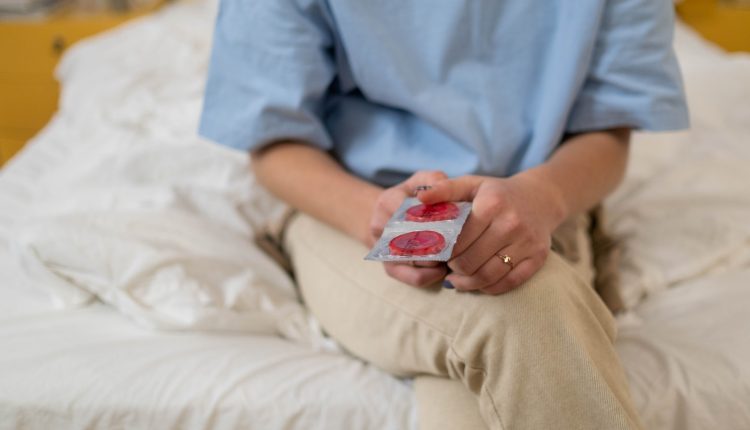The Birth Control Injection: How it Works and Side Effects
It’s important to take control of your sexual health and wellness, but the more obvious choices, such as the Pill, don’t always appeal to some women. If you have trouble swallowing pills or you won’t remember to take the Pill at the same time every day, you might like to consider protecting your wellbeing against unwanted pregnancies by using the birth control injection. While medical or other conditions – including blood clots, certain types of cancers, certain types of migraine headaches, unexplained vaginal bleeding and suspected pregnancy – make the use of the injection less effective or more risky, the birth control injection can be a great option for those unable to follow a birth control routine, and it’s even safe for breastfeeding mothers.
However, before you rush out for your prescription, you need to know a little bit more about the birth control injection. The injection works as a long-acting form of progesterone, a hormone that is naturally manufactured in your ovaries. Once every three months, you will be given the injection in your arm or buttocks, and this prevents you from becoming pregnant. The progesterone works to prevent the ovulation process, or the release of your egg during your monthly cycle. If you don’t ovulate, you cannot get pregnant because there is no egg to be fertilised.
As birth control methods go, the birth control injection is very effective – with a success rate of about 97%. Over the course of a year, fewer than three out of 100 typical couples who use the birth control injection every the months will have an accidental pregnancy. In general, how well each type of birth control method works depends on a lot of things, including your individual health concerns and on how accurately you use the contraceptive. When it comes to the birth control method specifically, your risk of getting pregnant increases if you wait longer than three months to receive your next injection.
Unfortunately, the birth control injection will not protect you against sexually transmitted infections (STIs) – only condoms or complete abstinence are able to offer this kind of protection. In fact, research has shown that the birth control injection may possibly increase your risk of getting certain STIs, although as to why this is, scientists aren’t entirely sure. Nonetheless, if you choose the birth control injection as your method of contraception, you will also need to use condoms to protect against STIs. If you’re in a committed relationship and you want to stop using condoms, you and your partner should both get tested for STIs and get the all-clear from a doctor.
There are some possible side effects to the birth control injection, albeit some more common than others. Many young women will find that their periods change when they start having birth control injections. The other, less common side effects include irregular or no menstrual periods, depression, weight gain, headaches, and breast tenderness. According to the US Food and Drug Administration (FDA), it is potentially unsafe to use the long-acting progesterone injection, as studies have linked it to a loss of bone density in women, although your bone density may recover when you stop getting the injection. However, doctors aren’t sure as to how this happens, so if you are considering the injection as a method of birth control, consult your doctor and make sure you get enough calcium in your diet to prevent any bone loss. You may find a decrease in fertility for up to a year after you stop getting the birth control injection. However, this fertility decrease is not permanent and most women can get pregnant once they stop getting the injection.


Comments are closed.